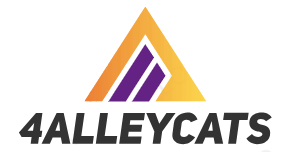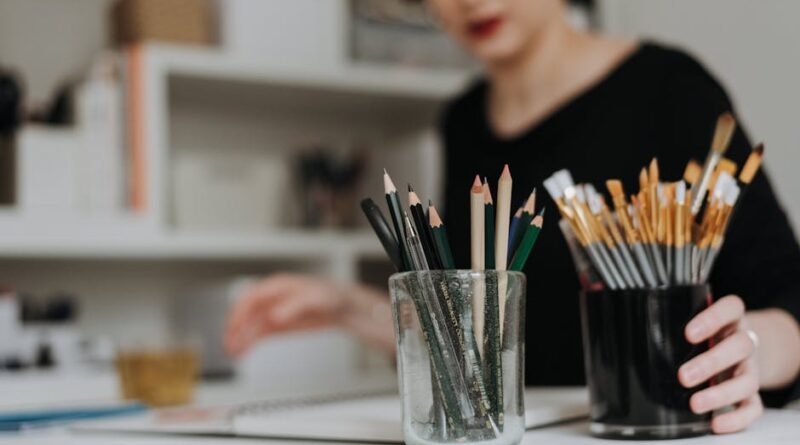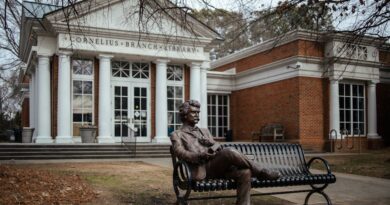Unveiling the World of Accessible Art Initiatives
Art has always been a powerful form of expression, a medium that transcends language barriers, cultural differences, and societal norms. However, for individuals with disabilities, accessing and enjoying art can be a challenging endeavor. Traditional art spaces are often not equipped to accommodate those with mobility, sensory, or cognitive impairments, thus creating a barrier to participation in the artistic community. This is where accessible art initiatives come into play, revolutionizing the way art is experienced, appreciated, and created by individuals of all abilities.
In this comprehensive guide, we will delve into the world of accessible art initiatives, exploring the various ways in which these programs are breaking down barriers, fostering inclusivity, and promoting diversity in the art world. From tactile exhibitions to audio descriptions, from sign language interpreters to braille labels, these initiatives are redefining the boundaries of art, making it accessible to everyone, regardless of their physical or cognitive capabilities.
The Evolution of Accessibility in Art

Accessibility in art is not a new concept. In fact, the roots of accessible art initiatives can be traced back to the early 20th century when artists like Helen Keller and Frida Kahlo challenged the conventional notions of art and disability. Keller, who was deafblind, used her sense of touch to appreciate art, while Kahlo, who suffered from polio and chronic pain, incorporated her physical disabilities into her paintings.
As the disability rights movement gained momentum in the latter half of the 20th century, the art world began to take notice of the need for greater accessibility. Museums, galleries, and cultural institutions started implementing various accommodations such as ramps, elevators, and accessible restrooms to make their spaces more welcoming to individuals with disabilities. However, it wasn’t until the 21st century that the concept of accessible art truly began to flourish.
Breaking Down Barriers: Making Art Accessible to All
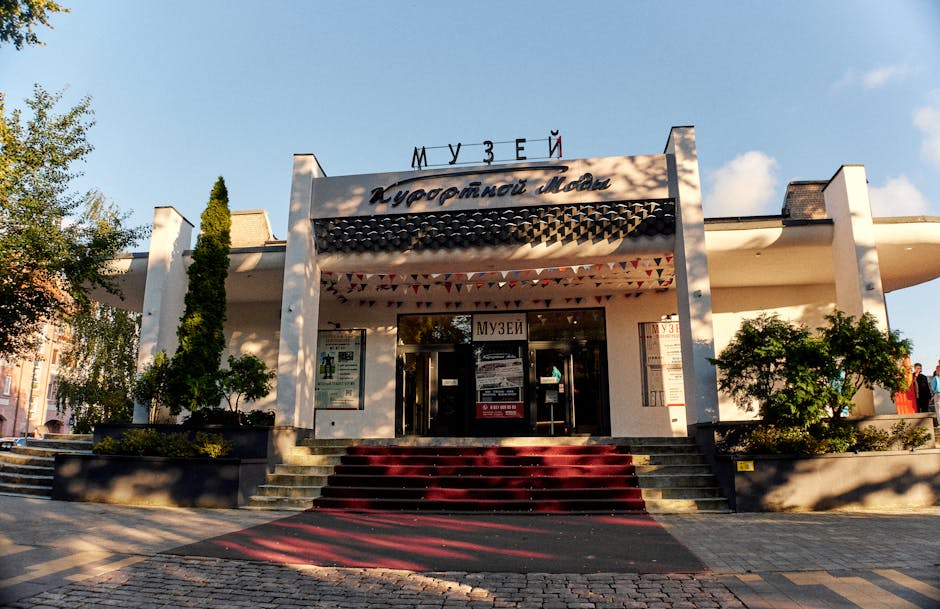
Accessible art initiatives encompass a wide range of strategies and practices aimed at making art more inclusive and welcoming to individuals with disabilities. These initiatives can take many forms, from physical modifications to sensory experiences, from digital platforms to community outreach programs. Let’s explore some of the key components of accessible art initiatives:
Tactile Exhibitions
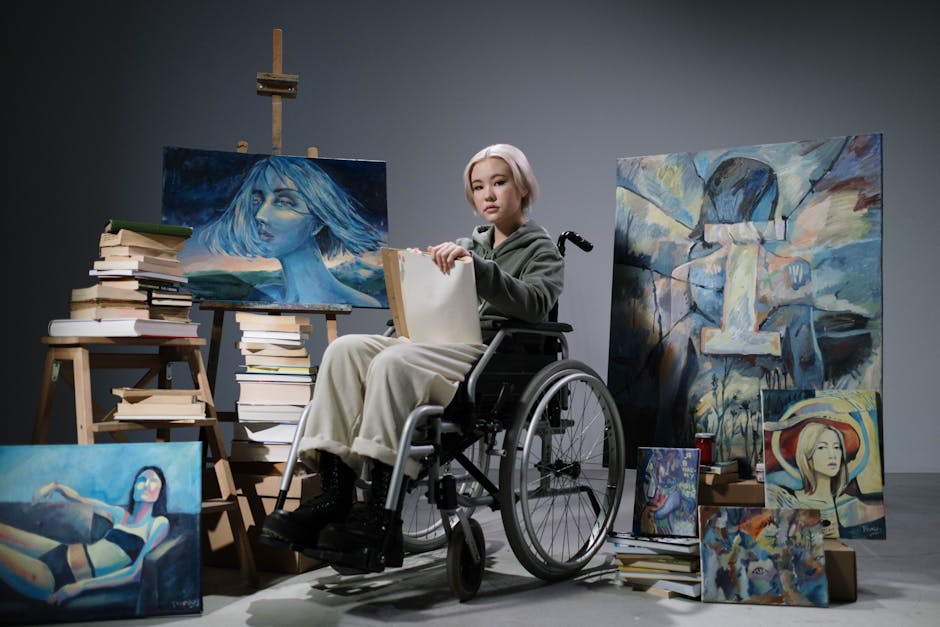
Tactile exhibitions are a cornerstone of accessible art initiatives, providing individuals with visual impairments the opportunity to experience art through touch. These exhibitions feature tactile replicas of famous artworks, allowing visitors to feel the textures, shapes, and contours of the original pieces. By engaging the sense of touch, tactile exhibitions create a multisensory experience that enhances the understanding and appreciation of art for individuals with visual impairments.
One notable example of a successful tactile exhibition is the “Touch Collection” at the Louvre Museum in Paris. This collection features tactile reproductions of iconic sculptures such as the Venus de Milo and the Winged Victory of Samothrace, enabling visitors with visual impairments to explore these masterpieces through touch.
Audio Descriptions
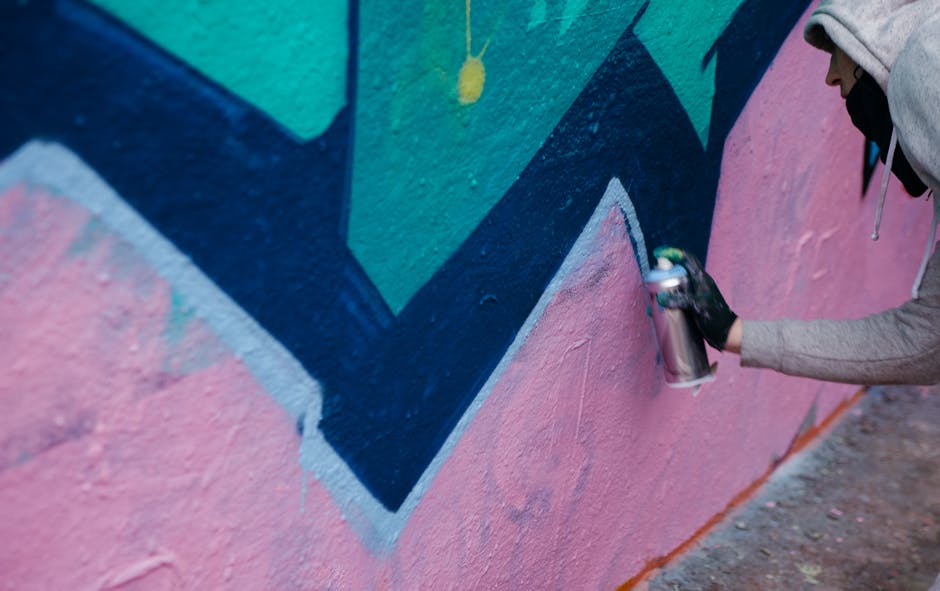
Audio descriptions are another vital component of accessible art initiatives, providing individuals with visual impairments or cognitive disabilities with detailed verbal descriptions of visual artworks. These descriptions are often delivered through audio guides or smartphone apps, allowing visitors to listen to narrated descriptions of the artwork, including details about the composition, colors, and themes.
The Museum of Modern Art (MoMA) in New York City is renowned for its comprehensive audio description program, which includes detailed descriptions of over 1,000 artworks in the museum’s collection. These audio descriptions are available in multiple languages and can be accessed on-site or remotely, providing individuals with disabilities the opportunity to engage with MoMA’s renowned collection in a meaningful way.
Sign Language Interpretation
Sign language interpretation plays a crucial role in making art accessible to individuals who are deaf or hard of hearing. By providing sign language interpreters at art events, museums, and galleries, organizations can ensure that individuals who use sign language as their primary mode of communication have full access to the information and content presented.
The National Gallery in London is a pioneer in providing sign language interpretation services, offering British Sign Language (BSL) tours, workshops, and events for deaf visitors. These services not only make the artwork more accessible but also create an inclusive and welcoming environment for individuals who are deaf or hard of hearing.
Braille Labels
Braille labels are essential for making visual artworks accessible to individuals who are blind or have low vision. These labels provide tactile information about the artwork, including the title, artist, and a description of the piece. By incorporating braille labels into exhibitions, museums and galleries can ensure that individuals with visual impairments can independently navigate and engage with the artwork.
The Tate Modern in London is recognized for its commitment to accessibility, offering braille labels for a significant portion of its collection. These labels are available in multiple languages and can be found next to the artworks, allowing visitors with visual impairments to access the same information as sighted visitors.
Virtual Tours and Online Platforms
Virtual tours and online platforms have become increasingly popular in the wake of the COVID-19 pandemic, providing individuals with disabilities the opportunity to explore art from the comfort of their homes. These digital initiatives allow users to navigate virtual galleries, view high-resolution images of artworks, and access audio descriptions and captions, making art more accessible to a broader audience.
The Google Arts & Culture platform is a prime example of a digital platform that offers virtual tours of museums and cultural institutions worldwide. Users can explore iconic artworks, historical artifacts, and immersive exhibitions from their computer or smartphone, experiencing art in a new and innovative way.
Community Outreach Programs
Community outreach programs play a vital role in promoting accessibility and inclusivity in the art world. These programs engage with diverse communities, including individuals with disabilities, seniors, and underserved populations, offering workshops, events, and exhibitions that cater to their unique needs and interests.
The Studio Museum in Harlem is renowned for its community outreach programs, which include art workshops, artist talks, and exhibitions that celebrate the cultural heritage and artistic expression of the Harlem community. By partnering with local organizations and community groups, the Studio Museum ensures that its programs are accessible and inclusive to all members of the community.
The Future of Accessible Art Initiatives
As we look to the future, the role of accessible art initiatives in promoting diversity, equity, and inclusion in the art world cannot be understated. These initiatives have the power to create meaningful connections, foster empathy and understanding, and dismantle barriers that prevent individuals with disabilities from fully participating in the artistic community.
By embracing accessibility as a core value, museums, galleries, and cultural institutions can create a more inclusive and welcoming environment for all visitors, regardless of their abilities. Through continued innovation, collaboration, and advocacy, accessible art initiatives will continue to push the boundaries of what is possible, ensuring that art remains a vibrant and enriching experience for everyone.
Conclusion
To wrap things up, accessible art initiatives are not just about making art more accessible; they are about creating a more inclusive and equitable art world where everyone has the opportunity to engage with and enjoy art on their own terms. By breaking down barriers, challenging conventions, and embracing diversity, accessible art initiatives are reshaping the landscape of the art world, making it a more welcoming and inclusive space for individuals of all abilities.
As we continue to champion accessibility in art, let us remember that art has the power to unite us, inspire us, and transform us. By promoting accessibility and inclusivity in the art world, we are not only enriching the lives of individuals with disabilities but enriching the artistic community as a whole. Let us continue to celebrate the diversity of human experience, one artwork at a time.
